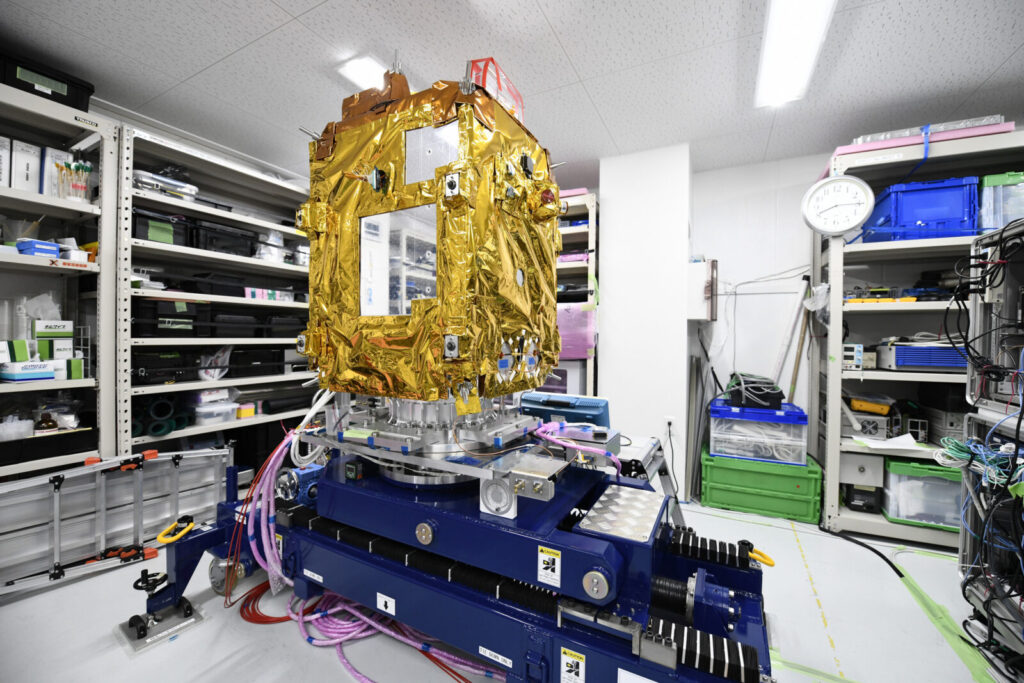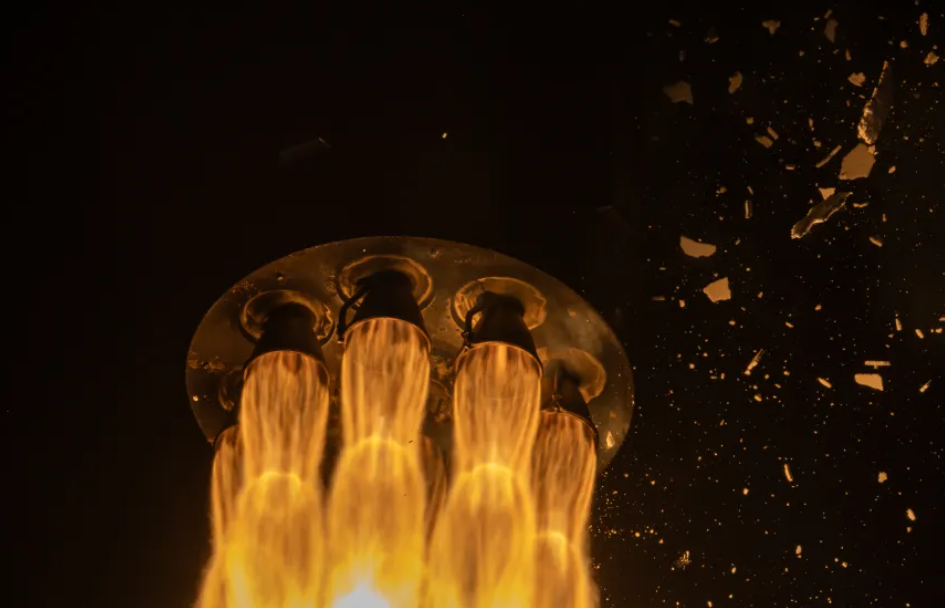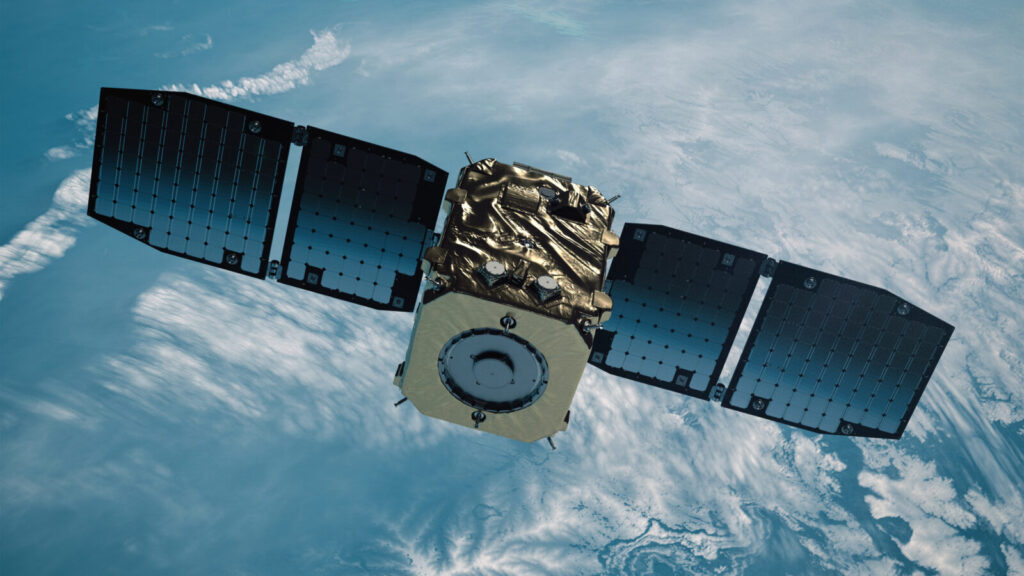Rocket Lab
Electron rocket
Electron general characteristics
- Carbon composite.
- LOX and kerosine.
- Battery hot swap.
- 1th stage: 9 x sea-level Rutherford engines.
- 2nd stage: 1 x vacuum Rutherford engine.
- 3th stage: kick start.
- Booster recovery.
- Launch from Mahia, New Zealand (NZ).
Mission for Astroscale (19-02-2024)
- Electron mission: No. 44
- Launch date: 19-02-2024
- Mission name: On Closer Inspection
- Customer: Astroscale Japan Inc
- Launch site: Launch Complex 1
- Payload: ADRAS-J (Active Debris Removal by Astroscale-Japan)
- Objectives: Space junk removal test.
Mission for Astroscale – Sequence of events (19-02-2024)
| Time (T+ hh:mm:ss) | Event | Speed | Altitude | Kero temp | Kero mass | LOX temp | LOX mass |
| km/h | km | C | % | C | % | ||
| Stage 2 | Stage 2 | Stage 2 | Stage 2 | ||||
| -00:01:56 | Switch to internal flight computer | 0 | 0 | 0 | 100% | 0 | 100% |
| -00:01:48 | FTS enabled | 0 | 0 | 0 | 100% | 0 | 100% |
| -00:01:25 | Kerosine loading complete | 0 | 0 | 0 | 100% | 0 | 100% |
| -00:01:00 | LOX loading complete | 0 | 0 | 0 | 100% | 0 | 100% |
| -00:00:47 | Pressure check both stages | 0 | 0 | 0 | 100% | 0 | 100% |
| -00:00:20 | T-20 and counting-callout | 0 | 0 | 0 | 100% | 0 | 100% |
| -00:00:10 | LD Countdown to liftoff | 0 | 0 | 0 | 100% | 0 | 100% |
| -00:00:02 | Ignition | 0 | 0 | 0 | 100% | 0 | 100% |
| 00:00:00 | Liftoff | 0 | 0 | 0 | 100% | 0 | 100% |
| 00:01:14 | MAX Q | 1.850 | 15 | n.n. | n.n. | n.n. | n.n. |
| 00:02:26 | Shutdown stage 1 (MECO) | 8.000 | 70 | n.n. | n.n. | n.n. | n.n. |
| 00:02:29 | Separation stage 1 and 2 | 7.900 | 73 | n.n. | n.n. | n.n. | n.n. |
| 00:02:33 | Ignition stage 2 | 7.900 | 77 | n.n. | n.n. | n.n. | n.n. |
| 00:03:06 | Fairing separation | 8.400 | 110 | n.n. | n.n. | n.n. | n.n. |
| 00:05:00 | Telemetry | 11.543 | 188 | 16 | 59% | -179 | 59% |
| 00:06:22 | Battery hot swap stage 2 | 15.249 | 215 | n.n. | n.n. | n.n. | n.n. |
| 00:08:00 | Telemetry | 21.773 | 222 | 17 | 15% | -176 | 14% |
| 00:09:03 | SECO | 28.576 | 223 | n.n. | n.n. | n.n. | n.n. |
| 00:09:06 | Kickstage separation | 28.576 | 223 | n.n. | n.n. | n.n. | n.n. |
| 00:09:17 | Coast phase (eliptical trajectory) | 28.576 | 223 | n.n. | n.n. | n.n. | n.n. |
| 00:59:00 | Curie burn (to final orbit) 1 | ||||||
| 01:02:50 | Curie burn (to final orbit) 2 (30 s) | ||||||
| 01:04:14 | Payload deployment |
The ‘On Closer Inspection’ mission successfully launched on February 19th NZDT. The mission lifted-off from Rocket Lab Launch Complex 1 in New Zealand and deployed the Active Debris Removal by Astroscale-Japan (ADRAS-J) satellite for Astroscale Japan Inc. The mission is the first phase of an orbital debris removal program, and during this phase ADRAS-J is designed to test technologies and operations for approaching and monitoring debris objects, also known as space junk, and delivering data that will assist in removing it, to ensure the sustainable use of space for future generations.
The 150-kilogram ADRAS-J satellite will approach an aged, derelict rocket stage in orbit to observe it closely, understand how it behaves and determine potential methods for its assisted deorbiting in future. The rocket stage it will be observing is the Japanese H-2A upper stage left in low Earth orbit after the launch of the GOSAT Earth observation satellite in 2009. ADRAS-J will fly around the stage, 11 meters long and four meters in diameter, inspecting it with cameras. After deployment from Electron, Astroscale’s full mission will take between three and six months to complete.
To enable the rendezvous with a non-cooperative space object required a dedicated launch, highly responsive mission planning and extremely tight margins on orbital parameters. Rocket Lab only received the final perigee, apogee, and inclination from Astroscale 20 days before launch. Only then could argument of perigee targets for different days within the 14-day window be selected, essentially determining the timing of Electron Kick Stage burns to facilitate the unique elliptical orbit required depending on the launch date. The mission also demanded highly accurate orbital insertion with tighter margins than required on most standard missions. In addition, the exact T-0 was only defined the day prior to launch and the required LTAN accuracy only allowed for +/- 15 seconds.
Neutron rocket
Characteristics
- First launch in 2024
Footnotes
- Rocket Lab (external)
- Rocket Lab about Electron (external)
- Rocket Lab about Neutron (external)
- Space dashboard (internal)
- Search words: Rocketlab



